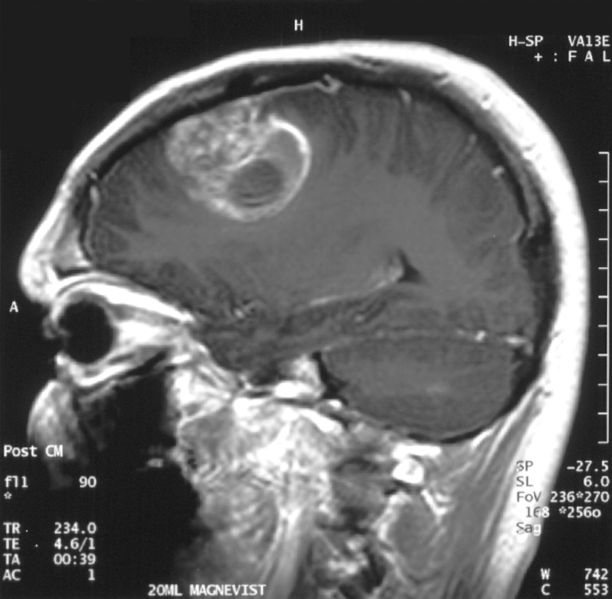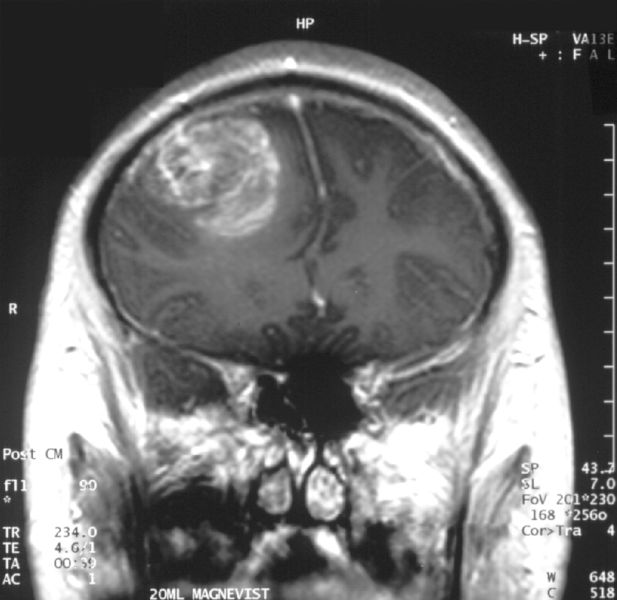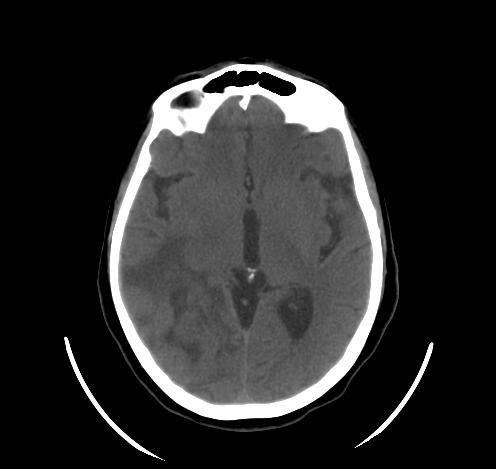Glioblastoma multiforme MRI: Difference between revisions
Jump to navigation
Jump to search
Varun Kumar (talk | contribs) (→MRI) |
(→MRI) |
||
| Line 12: | Line 12: | ||
</gallery> | </gallery> | ||
</div> | </div> | ||
'''Patient #1: Presented with increasing headaches''' | |||
<gallery> | |||
Image: | |||
Glioblastoma multiforme 001.jpg | |||
Image: | |||
Glioblastoma multiforme 002.jpg | |||
Image: | |||
Glioblastoma multiforme 003.jpg | |||
Image: | |||
Glioblastoma multiforme 004.jpg | |||
Image: | |||
Glioblastoma multiforme 005.jpg | |||
Image: | |||
Glioblastoma multiforme 006.jpg | |||
Image: | |||
Glioblastoma multiforme 007.jpg | |||
Image: | |||
Glioblastoma multiforme 008.jpg | |||
</gallery> | |||
'''Patient #2''' | |||
==References== | ==References== | ||
Revision as of 19:25, 6 August 2012
|
Glioblastoma multiforme Microchapters |
|
Diagnosis |
|---|
|
Treatment |
|
Case Studies |
|
Glioblastoma multiforme MRI On the Web |
|
American Roentgen Ray Society Images of Glioblastoma multiforme MRI |
|
Risk calculators and risk factors for Glioblastoma multiforme MRI |
Editor-In-Chief: C. Michael Gibson, M.S., M.D. [1]
Overview
Magnetic resonance imaging (MRI) and biopsy: It is the most valuable test to detect the abnormal in brain. A head MRI uses magnetic fields but it is a different type of image than what is produced by computed tomography (CT) and produces detailed images of the body. Like computed tomography (CT), a contrast agent may be injected into a patient’s vein to create a better picture.
MRI
Patient #1: Presented with increasing headaches
Patient #2
References









